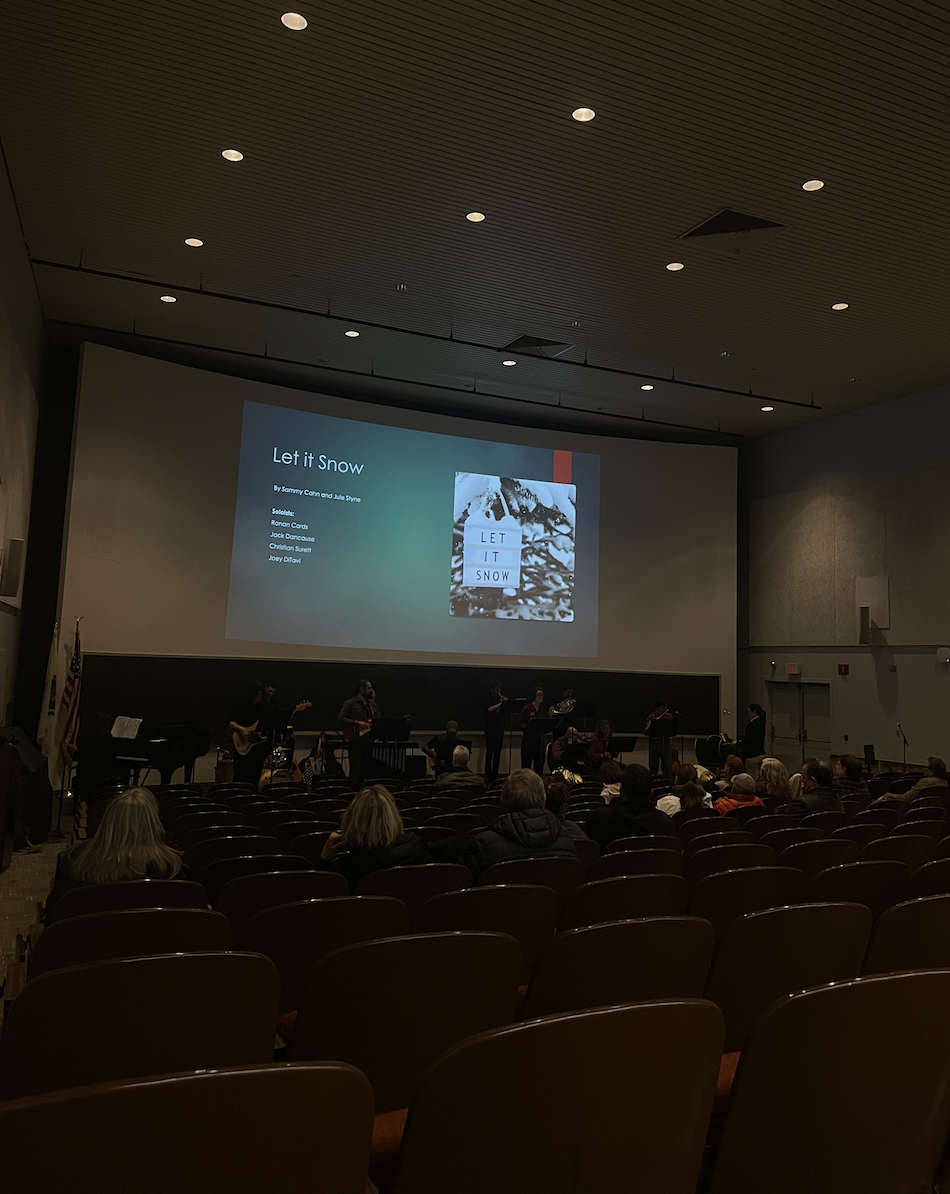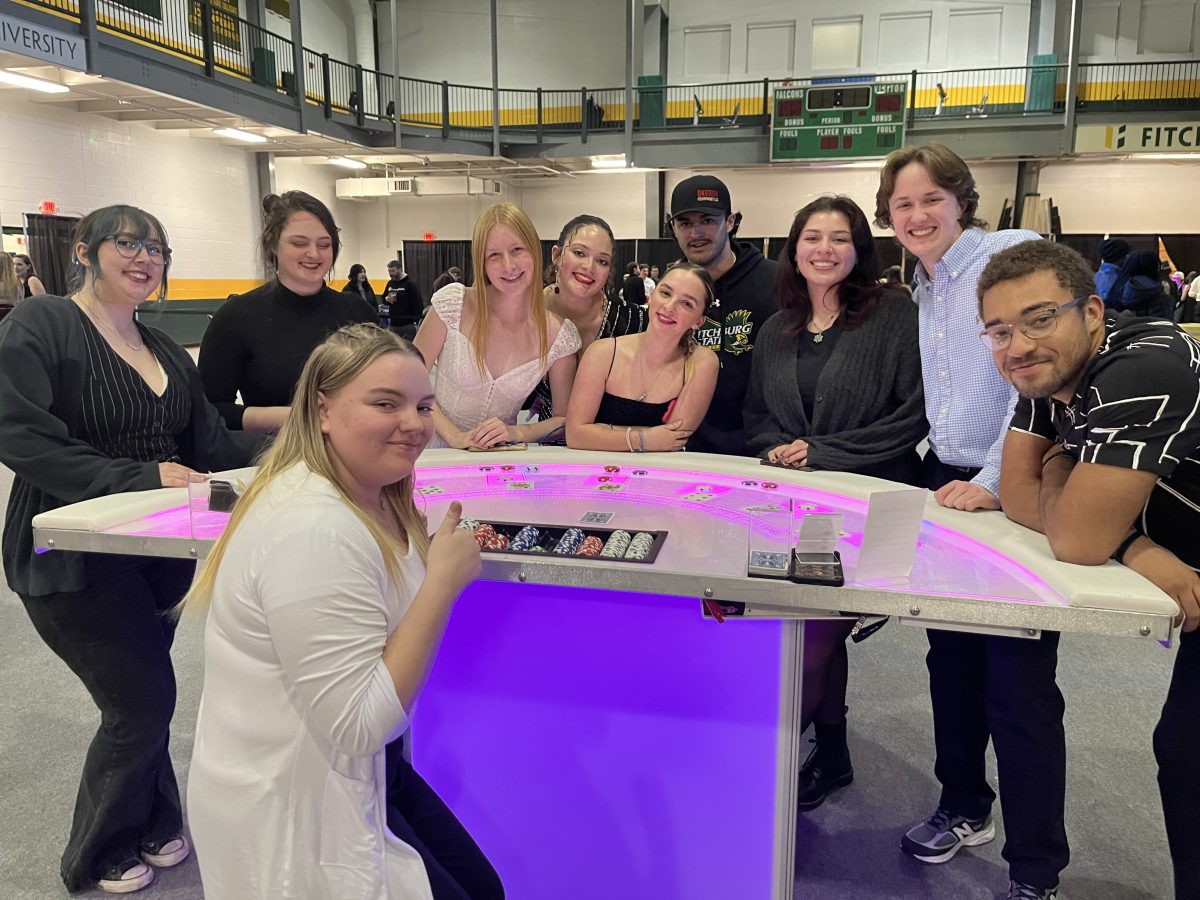By D.E. Pierce
“Inaction isn’t the same as innocence,” says Joseph Flanagan strongly. Flanagan, a student at Fitchburg State, strongly refers to the media fueled investigation and arrest of two star high school football players from Steubenville, Ohio who have been accused of raping a sixteen year old girl at a party last August.
With the arrests of Ma’lik Richmond and Trent Mays, ages 16 and 17, still brewing in the media, one question becomes more clear: has social media done more damage or good in this case? There are people who say that without it the two perpetrators would not have been caught; however, the ability to contact the victim has caused her to be re-victimized.
Many news sources agree that social networking, such as Facebook and Twitter were one of the reasons the two suspects were apprehended after the two and other teens video taped and took pictures of the alleged victim before, during, and after the assault. While it is true the evidence would not have become so wide spread, because of the offensive and at times disturbing posts, it raises concern about the role social media plays in the lives of many adolescents today. Along with video footage and photographs depicting the alleged assault, there is additional footage totaling about twelve and a half minutes of one teenager laughing and joking about the assault saying the victim was “more dead than Trayvon Martin.” The two alleged rapists were sentenced to one and two years, as juveniles but the case is far from over.
Although the suspects have been apprehended, the victim, who has remained unnamed has been badgered by friends of the assailants by way of the same social networking sites that brought her case to light. This has led to two more arrests, both females.The role of social networking has caused both sides to require the use of these sites as tools in the investigation.
 Fitchburg State University makes its own policy of sexual assault clear, specifying that “consent” does not mean not hearing the word no, something these teens called upon in the twelve minute video. Several can be heard giggling and laughing at the unconscious girl, who didn’t actually say “no”, due to her level of intoxication. Some reports have stuck behind the idea that children and adolescents have become too desensitized to images of sexual violence that they can no longer make moral decisions. When one of the accused stood crying in front of the judge after receiving the verdict, he apologized for allowing the video to be sent around, not for the alleged assault, raising the question, are they sorry for the act, or sorry they put it online for the world to see? What is perhaps worse than the possibility of high school age students no longer knowing right from wrong, is the decision to put the virtual trophy of their crime on the internet.
Fitchburg State University makes its own policy of sexual assault clear, specifying that “consent” does not mean not hearing the word no, something these teens called upon in the twelve minute video. Several can be heard giggling and laughing at the unconscious girl, who didn’t actually say “no”, due to her level of intoxication. Some reports have stuck behind the idea that children and adolescents have become too desensitized to images of sexual violence that they can no longer make moral decisions. When one of the accused stood crying in front of the judge after receiving the verdict, he apologized for allowing the video to be sent around, not for the alleged assault, raising the question, are they sorry for the act, or sorry they put it online for the world to see? What is perhaps worse than the possibility of high school age students no longer knowing right from wrong, is the decision to put the virtual trophy of their crime on the internet.
As you walk around campus you have probably noticed a number of both men and women wearing small white ribbons on their clothing. This white ribbon, like many other colors is meant to both bring awareness to and show support for a cause. The cause in this case is ending violence against women. These ribbons are also meant to serve as a statement of confidence to never commit or support violence against women and girls.
Flanagan places the blame not only on the two students accused of the rape but also the other teenagers that didn’t step in who he believes should also face charges. “They’re old enough to know right from wrong. When someone is too messed up to speak or to walk, it’s obvious there’s no consent.” Flanagan referenced Fitchburg State University’s FAVE program, which teaches students about “the bystanders affect.” FAVE, which stands for Fitchburg Anti-Violence Education is a program that is mandatory for all incoming students during their orientation, stresses the importance of not committing sexually violent crimes and not ignoring such cases, even when they don’t effect you personally. Flanagan extends the blame to all parties of this disturbing case. He believes that it is not only the two adolescents who should be prosecuted but also the other students who were present at the party and stood by while the victim was attacked and allegedly dragged from the back seat of a car to another party at a different house.
While we celebrate this movement forward, with both men and women making greater efforts to end violence against women and girls this case of violation and moral absence should serve as a reminder that as a community no one is out of the woods yet. This incident should incite, if nothing else, higher motivation to prevent more young women and girls from facing the same victimization and humiliation as this 16 year-old high school student. Remember that although violence against women has subsided in recent years it is still a cause for concern in communities everywhere.
Photos by Jared Lakin







Kärin Radock • May 7, 2013 at 8:59 pm
I am Kärin Radock and I’m an associate editor-elect for Framingham State University’s independent student newspaper The Gatepost. After discussing the topic of this article in my Writing for Online and Social Media class at Framingham State, I think the article is well-written and insightful. Check out The Gatepost’s website http://thegatepost.com/ and my blog Confessions of a Student Newspaper Editor http://confessionsofastudentnewsie.wordpress.com/.